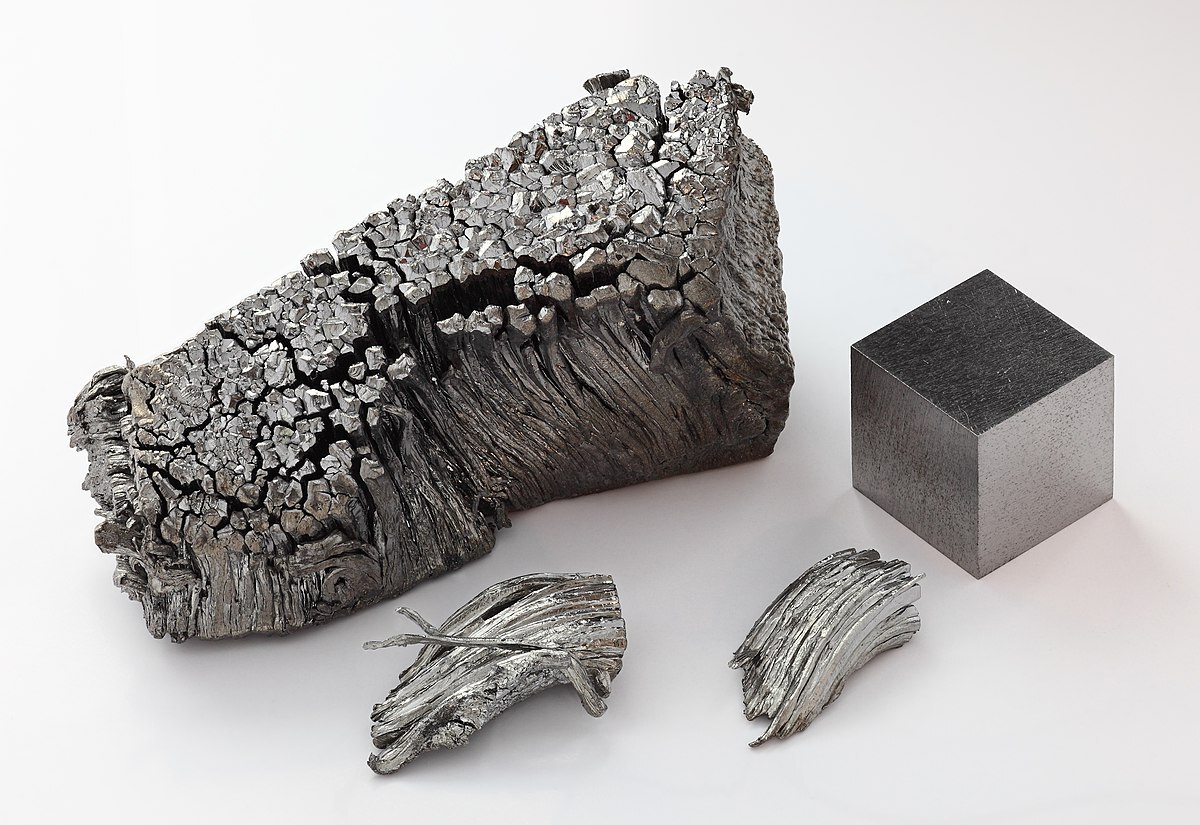
Cerium and Thallium might sound like characters from a sci-fi novel, but they’re actually fascinating elements on the periodic table. Cerium, a rare earth metal, is known for its role in making catalytic converters and self-cleaning ovens. On the other hand, Thallium has a darker history, often associated with poisonings, yet it’s crucial in electronics and medical imaging. Ever wondered why your smartphone works so smoothly? Thallium might be the unsung hero. Both elements have unique properties that make them indispensable in various industries. Ready to dive into some cool facts about these intriguing elements? Let’s get started!
Key Takeaways:
- Cerium is a common, versatile element used in catalytic converters, glass production, and even self-cleaning ovens. It can ignite spontaneously and is essential for alloys and lighter flints.
- Thallium, a toxic metal, has been used as rat poison and insecticide. It's also used in medical imaging and electronics, but must be handled with extreme caution due to its toxicity.
What is Cerium?
Cerium is a chemical element with the symbol Ce and atomic number 58. It belongs to the lanthanide series and is the most abundant of the rare earth elements. Here are some intriguing facts about cerium:
-
Cerium was discovered in 1803 by Swedish chemists Jöns Jakob Berzelius and Wilhelm Hisinger, and independently by German chemist Martin Heinrich Klaproth.
-
Named after the dwarf planet Ceres, which was discovered just two years earlier in 1801.
-
Cerium is the 26th most abundant element in the Earth's crust, making it more common than lead.
-
It is a soft, silvery metal that tarnishes when exposed to air, forming a protective oxide layer.
-
Cerium has a melting point of 798°C and a boiling point of 3,443°C.
-
It is used in catalytic converters in automobiles to reduce emissions of harmful gases.
-
Cerium oxide is a key component in the production of glass and ceramics, improving their color and durability.
-
The element is also used in self-cleaning ovens due to its ability to oxidize organic materials at high temperatures.
-
Cerium can ignite spontaneously in air at temperatures above 150°C, making it useful in lighter flints.
-
It is used in the production of alloys to improve the heat resistance and strength of metals.
What is Thallium?
Thallium is a chemical element with the symbol Tl and atomic number 81. It is a soft, malleable metal that is highly toxic. Here are some fascinating facts about thallium:
-
Thallium was discovered in 1861 by British chemist Sir William Crookes, who identified it using flame spectroscopy.
-
Named after the Greek word "thallos", meaning "green shoot" or "twig," due to the bright green spectral line it produces.
-
Thallium is found in trace amounts in the Earth's crust, often in association with potassium minerals.
-
It is a soft, gray metal that can be cut with a knife and tarnishes when exposed to air.
-
Thallium has a melting point of 304°C and a boiling point of 1,473°C.
-
It is highly toxic and was once used as a rat poison and insecticide before being banned in many countries.
-
Thallium sulfate is used in the manufacture of optical lenses due to its high refractive index.
-
It is also used in the electronics industry for the production of semiconductors and infrared detectors.
-
Thallium can be absorbed through the skin, making it dangerous to handle without proper protective equipment.
-
It is used in medical imaging as a radioactive tracer in thallium stress tests to evaluate coronary artery disease.
Cerium and Thallium in Science and Industry
Both cerium and thallium have unique properties that make them valuable in various scientific and industrial applications. Here are some more facts about their uses and characteristics:
-
Cerium is used in the production of mischmetal, an alloy used in lighter flints and other ignition devices.
-
Thallium bromide-iodide crystals are used in infrared optics, particularly in night-vision equipment.
-
Cerium oxide nanoparticles are being researched for their potential in medical applications, such as antioxidant therapies.
-
Thallium is used in high-temperature superconductors, which have applications in magnetic resonance imaging (MRI) and other technologies.
-
Cerium is also being studied for its potential use in hydrogen storage and fuel cells, which could play a role in future energy solutions.
Final Thoughts on Cerium and Thallium
Cerium and thallium, while not household names, play crucial roles in various fields. Cerium shines in the world of catalysts and glass polishing, making our everyday items more efficient and clear. On the other hand, thallium has a darker side due to its toxicity but remains vital in electronics and medical imaging.
Understanding these elements helps us appreciate the complexity and utility of the periodic table. From improving fuel efficiency to advancing medical technology, cerium and thallium contribute significantly to modern life.
Next time you see a polished mirror or hear about medical scans, remember the hidden heroes behind the scenes. Knowledge of these elements not only broadens our scientific horizons but also deepens our appreciation for the materials shaping our world.
Frequently Asked Questions
Was this page helpful?
Our commitment to delivering trustworthy and engaging content is at the heart of what we do. Each fact on our site is contributed by real users like you, bringing a wealth of diverse insights and information. To ensure the highest standards of accuracy and reliability, our dedicated editors meticulously review each submission. This process guarantees that the facts we share are not only fascinating but also credible. Trust in our commitment to quality and authenticity as you explore and learn with us.
